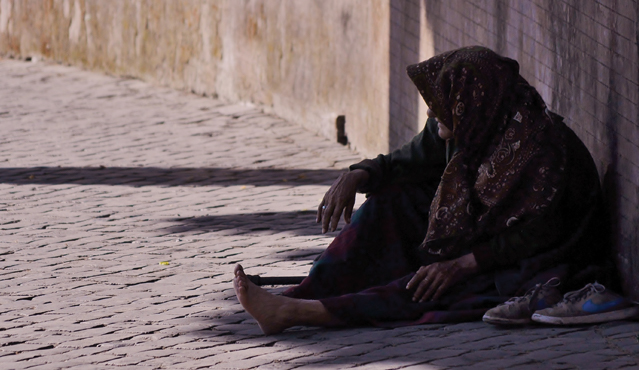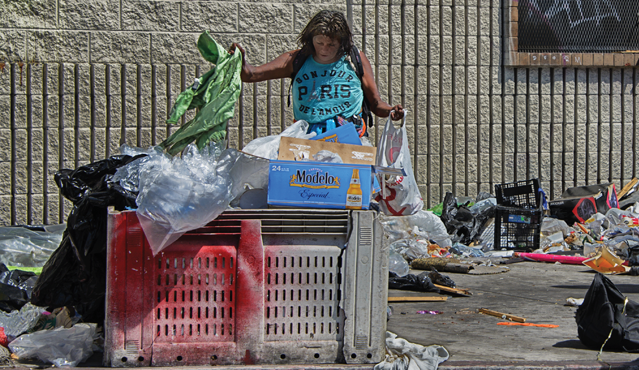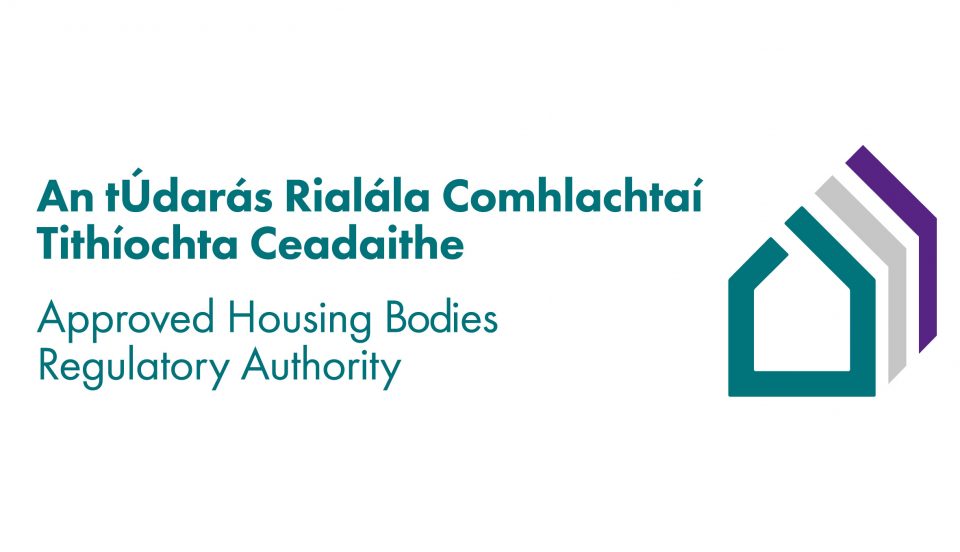
Energy efficient homes: Bringing customers on the journey to net zero
1st June 2021
Building and sustaining good partnerships is key to housing provision
1st June 2021International homelessness

The last time a global survey of homelessness was attempted, the UN estimated that there were over 100 million homeless people worldwide in 2005. The non-profit Habitat for Humanity stated in 2015 that as many as 1.6 billion people worldwide lack adequate housing.
It can be extremely difficult to properly assess the number of homeless people worldwide, not least due to the divergent definitions of “homelessness” in differing political jurisdictions. This could perhaps be easiest to understand in an Irish context by remembering the claim of then-Taoiseach Leo Varadkar in the lead up to the 2020 general election that there were 20,000 homeless people in Northern Ireland, as compared to the circa 10,000 homeless in the Republic of Ireland at the time.
The island of Ireland is 84,421km2 in total land mass, with the Republic accounting for 70,273km2 and the North the remaining 14,148km2; for the latter to have double the amount of homeless people would be extraordinary. Yet the fact that it could even be claimed due to the North collecting data of households who present as homeless while the Republic collects data of those who access emergency accommodation, serves a microcosm of the challenge of understanding global homelessness. With no consistent measure on an island as small as Ireland, the world at large remains a monumental challenge.
A Yale University study last updated in 2020 estimates there to be no less than 150 million homeless people in the world, making up 2 per cent of the total world population. The study repeats Habitat for Humanity’s estimation that 1.6 billion people lack adequate housing. Increasing urbanisation around the world is, in part, responsible for making homelessness more visible today than it has ever been: “In 1950, for example, 70 per cent of the world’s population of 2.5 billion was spread out across rural areas. Housing problems, far removed from urban centres, were largely unnoticed. Today, most of the world’s population of 7.6 billion, 55 per cent, is concentrated in urban centres, in close proximity to the politically influential and economically well-to-do.”
Definitions of homelessness around the world range from “simply the absence of adequate living quarters or rough sleeping to include the lack of a permanent residence that provides roots, security, identity and emotional wellbeing”. The UN, the Yale report says, “has recognised that definitions, methodologies and strategies vary across countries because homelessness is essentially culturally defined based on concepts such as adequate housing, minimum community housing standard or security of tenure”.
There is also the issue of some countries simply fudging their stats, as the Yale report notes: “In Moscow, for example, officials report that the homeless number around 10,000, while non-government organisations claim that as many as 100,000 live on the streets. Also, in the Philippines capital of Manila, reported to have the largest homeless population of any city in the world, estimates vary from several million to tens of thousands.”
A 2020 OECD report found that, among other indicators, some OECD countries reported a rise in youth homelessness, with Ireland suffering the largest increase, an 82 per cent jump from 2014 to 2018. Denmark experienced a 43 per cent increase between 2011 and 2017 but has since seen the rate decrease. Youth homelessness grew by 20 per cent in Australia between 2011 and 2016 and by 23 per cent in New Zealand between 2006 and 2013. Ireland was the only one of these countries where youth homelessness grew at a rate that wasn’t greater than overall homelessness.
On the other hand, youth homelessness in Canada dropped by 17 per cent between 2011 and 2016, in Finland by 25 per cent between 2009 and 2018, and England by 20 per cent between 2010 and 2017.
Homelessness among families with children has risen, “in some cases, significantly” across the OECD. This measure almost quadrupled in Ireland between 2014 and 2018, from 407 to over 1,600 households, while family homelessness in New Zealand increased by 44 per cent between 2006 and 2013, totalling nearly 21,800 individuals in 2013. Family homelessness in England increased by 42 per cent between 2010 and 2017, meaning over 44,000 households were homeless in 2017. In the United States, families with children represented one-third of the homeless population in 2018, over 180,000 people in more than 56,300 families. Some individual states within the United States also saw significant rises in family homelessness: between 2007 and 2018, Massachusetts and Washington, D.C., experienced increases in family homelessness of more than 90 per cent, whilst New York saw a rise of 51 per cent over that period. By contrast, family homelessness has declined in Denmark and Finland in recent years.
Homelessness increases in the OECD
• The biggest increases in homelessness rates in the OECD were recorded in Iceland and Ireland, although it is noted that the homelessness rate remained at less than 0.15 per cent of the population in each country. Homelessness rose by 168 per cent in Iceland between 2009 and 2017, totalling 349 homeless people in 2017. Ireland’s homeless population more than doubled between 2014 and 2017, from less than 3,000 people to over 6,000 people.
• There were more “moderate” increases recorded in the homelessness rates of countries such as Latvia (60 per cent increase between 2010 and 2017), France (roughly 50 per cent between 2001 and 2012), England (32 per cent between 2010 and 2017), the Netherlands (28 per cent between 2010 and 2016) and New Zealand (14 per cent between 2006 and 2013).
• “Small” increases (defined as less than 6 per cent) occurred in Australia (5 per cent between 2011 and 2016) and Chile (4 per cent between 2011 and 2019).
• More nuanced trends can be observed in countries that collect homelessness data on an annual basis. For instance, following a 15 per cent overall decline in homelessness between 2007 and 2018, homelessness increased slightly in absolute terms (by 0.3 per cent) in the United States between 2017 and 2018. In Scotland, the homeless rate increased by around 2 per cent between 2017 and 2018, after experiencing a gradual annual decline since 2007.
Homelessness decreases in the OECD
• Norway and Finland recorded the biggest drops in the homelessness rate during the period covered by the OECD report: Norway’s rate fell by 40 per cent between 2012 and 2016, while Finland’s fell by 39 per cent between 2010 and 2018.
• More “moderate” decreases in the homelessness rate were recorded in Canada (14 per cent between 2010 and 2016), Austria (12 per cent between 2013 and 2017) and Sweden (7 per cent between 2013 and 2017).
• Poland recorded a “very slight” drop in the homelessness rate between 2013 and 2019. Homelessness in Denmark declined slightly between 2017 and 2019, from 0.12 per cent of the population to 0.11 per cent, after increasing since 2011.







